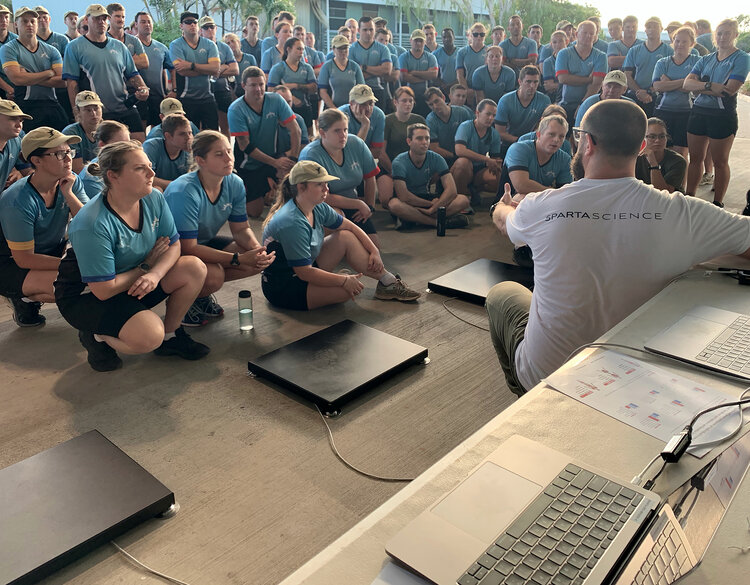
A common sound byte often referenced about the health technology explosion over the last ten years is that an astonishing 90% of the world’s data has been created in the last two years alone. Technology has made it easier to collect data due to less intrusive and more cost-effective hardware as well as advancements in data science, storing large amounts of data in data lakes to speed up techniques that process such data. It is difficult enough for businesses that work in finance or commerce sectors, but perhaps the biggest challenge is what to do with all of the data for organizations that focus on people, the health of individuals, and how information can enhance or track their current health state.
One of the largest sectors of technology has become software companies that use a model called SaaS, or software as a service. SaaS is a software licensing and delivery model in which software is licensed on a subscription basis and is centrally hosted, usually in the cloud. Adoption from human-centric organizations, such as healthcare systems, sports teams, and the military, began to use this model to introduce Electronic Health Records (EHR systems) and Athlete Management Systems (AMSs).
Both the irony and the value of most companies that offer human-centric service is that their software, their SaaS offering, is more “A service for” the customer rather than “IN service to” the customer. Semantics, we know, but the subtlety is powerful for any organization to acknowledge, especially when adopting technology at scale. To use EHR systems as an example, Epic was rolled out for $600 million over three years to Partners Healthcare (a group that includes Massachusetts General Hospital). The total costs to date have actually reached $1.2 Billion. In a previous article, Peter Markell, CFO of Partners, told the Boston Globe that the system expects a $200 million loss to its net surplus over three years. “[It’s] training costs, the costs of elbow-to-elbow support to get people to really learn and use the system,” he said. “You need people to do all that work.”
This statement and associated costs are massive and also a testament to the reality that SaaS products in the human industry, such as musculoskeletal health, truly require an “IN service to” approach in order to affect change. Realizing an ROI for implementing technology requires a significant investment in people to help an organization implement changes in up-skilling education of the data collected, workflow enhancements, and ultimately providing a complete feedback loop to operate more autonomously; more importantly, accurately.
In a sense, evidence-based medicine, which is a common term used in the field, cannot be restricted to just traditional perspectives of decision trees using data for disease/injury management. For example, if your fasting blood glucose is above 100, it triggers a specific protocol, whether additional tests or certain medications and lifestyle changes. Evidence-based medicine must also include evidence-based workflows; when testing is done, how often this information is acted upon, and how is that information accessed across different layers within the organization; what athletes & warfighters can see versus what practitioners, front office executives, and flag officers should see are completely different.
At Sparta Science, we’ve created simple, actionable processes using Force Plate Machine Learning™ with data from one of the most complex systems in the world, the human body. And although we pride ourselves on that, simplicity and action, there is no one size fits all implementation plan. Each one of our customers has specific needs and goals; therefore, we assign a Customer Success Manager and a Customer Outcomes Manager to every customer. From the very first call we make it clear that we are “IN service to” their organization and the people who make it up, not just providing a product or “A service to”. While there is absolutely inherent value in the product itself, the real value comes from the relationships and trust built throughout the partnership.
True, scalable software solutions within human-centric organizations recognize this critical need and deploy many of their resources to be “IN service to” others. After all, true innovation does not come from creation but from adoption.